When it comes to guitars, the neck is one of the most important components. Some of the most important aspects of electric guitar design, such as the instrument’s aesthetics and adaptability, are affected by the kind of neck joint, which can be bolt-on, set neck, or neck-through.
In this article, we will go over the most common guitar neck types and how they affect our decisions.
3 Types of Guitar Neck
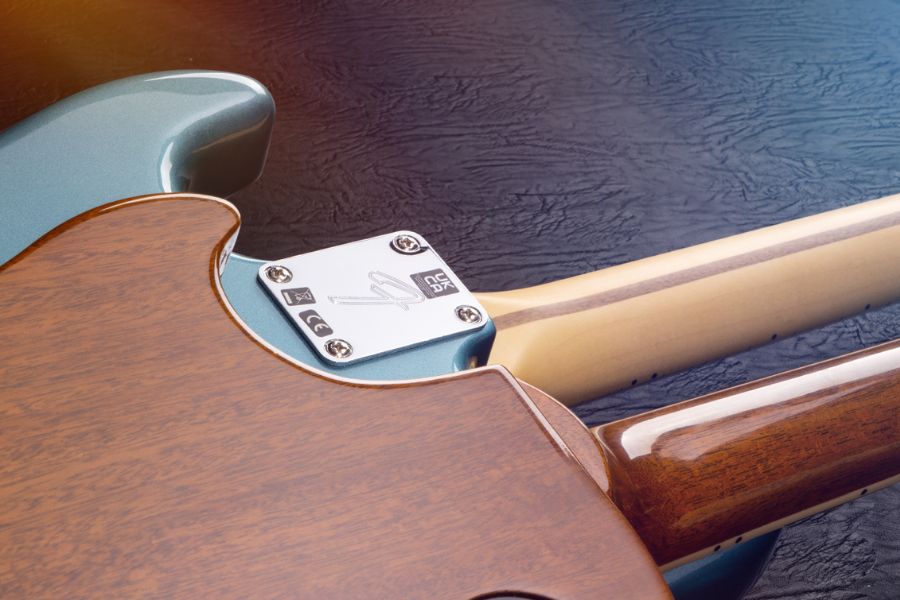
One of the key aspects that’ll catch your attention on a guitar is how the neck is attached to the body. There are three main methods—bolt-on, set neck, and neck-through—and each plays a huge role in defining the instrument’s tone, sustain, playability, and how easy it is to repair.
Bolt-On Neck: Guitar necks are bolted or screwed to the body. This connection is typically strengthened with a metal plate on the guitar body’s back.
Set Neck: This is where the neck is attached to a pocket in the body. Neck and body are permanently joined with this approach.
Neck-Through: In this design, the neck goes all the way around the body of the guitar, and the body’s “wings” are glued to the sides of this center piece. With this method, the neck and body are made from the same piece of wood.
There are other, less common ways that are also interesting, like the Mortise and Tenon Joint. The set neck is modified by inserting a tenon (a protruding piece of wood from the neck) into a mortise (a slot) in the guitar body.
Bolt On Vs Set Neck Vs Neck Through On Electric Guitar
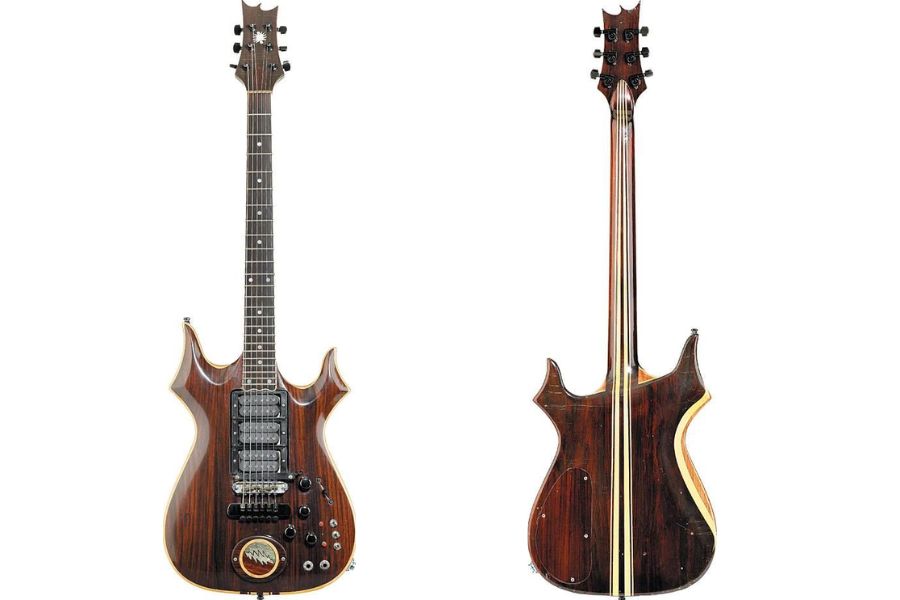
Aesthetic and Design Flexibility
The type of neck you choose—from the smooth continuity of neck-through designs to the distinct heel of bolt-on necks—affects the shape of the guitar’s body. The type of wood used also affects how it looks and sounds.
On bolt-on necks, there is usually a joint or heel that can be seen where the neck meets the body of the guitar. This is a sensible design choice. The Fender Stratocaster and Telecaster are two well-known and loved guitars that have bolt-on necks. Many fans feel a sense of custom and nostalgia when they see this style.
Set necks make the shift between the neck and body easier, which can make a dress look more beautiful and seamless. This could make the guitar look smoother and more put together. A lot of the time, it’s linked to expensive guitars like the Gibson Les Paul.
Tone and Sustain
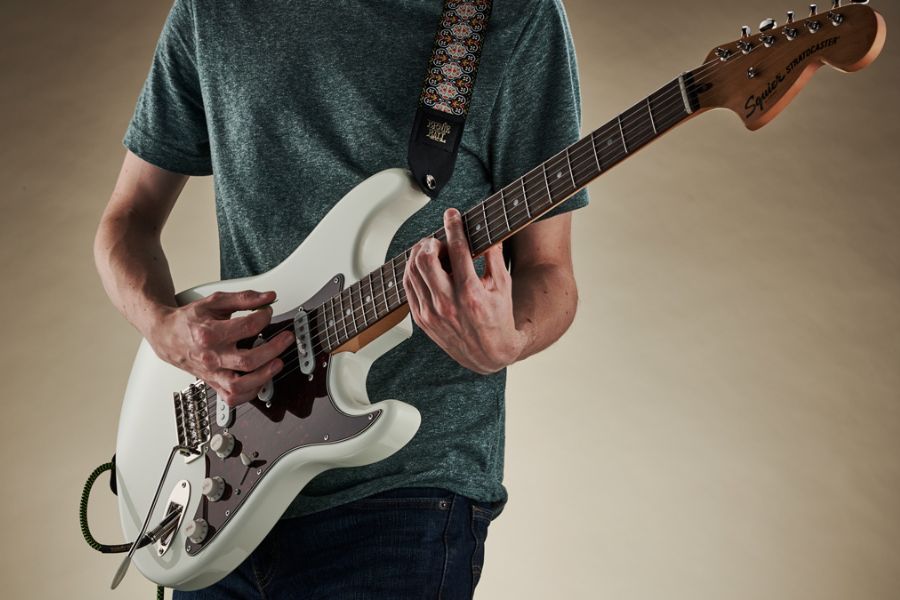
Different types of music sound great on different necks, so the choice is very important for artists who play a lot of different types of music.
The connection between guitar neck types and musical styles is mostly based on how each neck type sounds and how easy it is to play. Taste and the way you play are important, but there are also general trends that go with certain types. This is how it works.
Bolt-On Neck Guitars
Genres: Rock, Country, Pop, Funk, Surf, and Punk.
The snappier, twangier tone of bolt-on neck guitars suits the bright and articulate sounds favored in these genres. The clear attack and defined notes of a bolt-on neck are especially appreciated in genres that require rhythmic precision and clarity, such as funk and country.
Guitars like the Fender Stratocaster and Telecaster, with bolt-on necks, are iconic in these music scenes.
Set Neck Guitars
Genres: Blues, Rock, Jazz, and Hard Rock.
Set neck guitars are known for their warmer tone and longer sustain, characteristics that are beneficial for genres requiring expressive, soulful lead playing and dense, resonant chord work.
The Gibson Les Paul, a classic example of a set neck guitar, is a staple in the blues and rock genres, where its rich sustain and full-bodied tone shine.
Neck-Through Guitars
Genres: Metal, Progressive Rock, Jazz Fusion, and Shred.
The superior sustain and stability of neck-through guitars make them ideal for genres that demand long, sustained notes and complex solos. The seamless energy transfer across the guitar enhances harmonic richness and sustain, beneficial for lead guitarists who engage in fast, intricate playing styles, as found in metal and shred genres.
Read more: How to make electric guitar sound more metal?
Instruments from brands like Ibanez and Jackson, which often feature neck-through construction, are favored for their performance in these demanding musical contexts.
Playability and Comfort
Bolt-on necks have easier modifications and adjustments.
Set necks and neck-through designs often have smoother access to upper frets. That’s why lead parts or solos players prefer these necks.
Bolt-On Necks
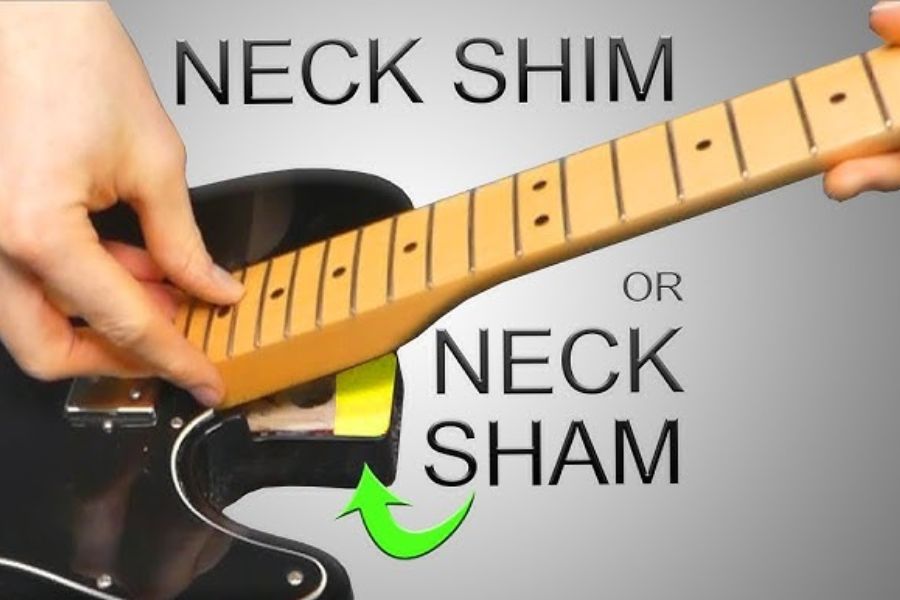
Bolt-on necks typically have a visible joint where the neck attaches to the body, often reinforced with a plate and screws. The pronounced heel, which can physically impede access to the upper frets.
While the bolt-on design offers advantages in terms of adjustability and potential for modification, it comes with the trade-off of a more obstructed access to the higher frets compared to set neck or neck-through designs.
Set Neck Guitars
Set neck guitars feature a neck that is glued directly into the body, creating a seamless transition between the neck and body. This method allows for a more contoured and less obtrusive joint.
The heel (the part of the neck that meets the body) in set neck guitars is carved for smoother transition without a protruding heel or plate (common in bolt-on designs) minimizes the physical barrier to the upper frets.
Neck-Through Guitars
In neck-through construction, the neck extends through the entire length of the body, with the body “wings” glued to the sides of the neck. This design inherently eliminates the traditional neck-body joint altogether.
Since the neck is a continuous piece, luthiers have more flexibility to shape the transition area into the body and there’s virtually no obstruction to the player’s hand when accessing the upper frets.
Durability and Maintenance
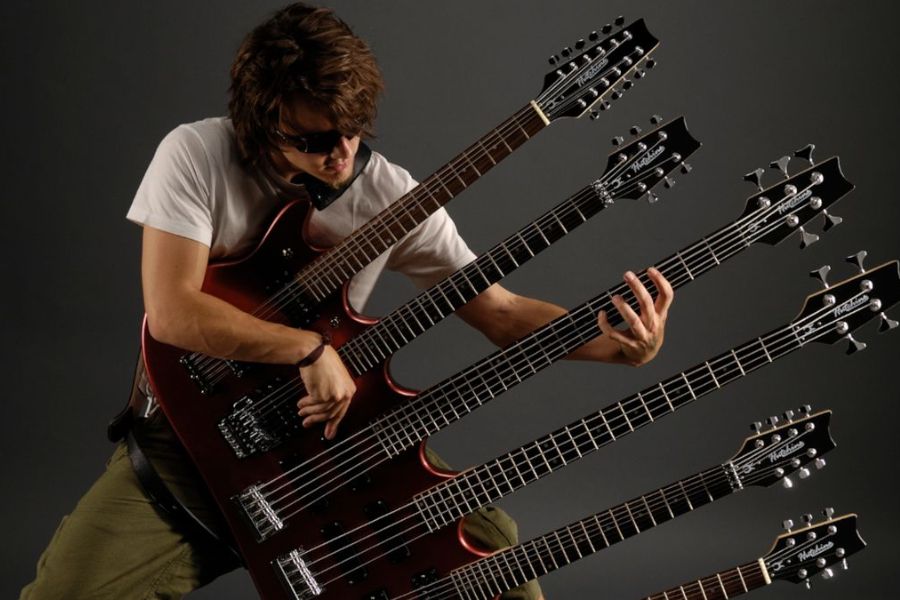
Bolt on neck
With a guitar with bolt-on necks you can easily repair and replace parts, thus, they are practical for heavy use and touring.
If a guitar with a bolt-on neck suffers damage, such as a broken neck or issues arising from wear and tear, the neck can be easily removed and replaced or repaired without significantly affecting the rest of the instrument. Replacement necks for bolt-on models are generally more readily available than those for set neck or neck-through guitars.
Also, the detachable nature of the bolt-on neck allows musicians to experiment with different necks on the same guitar body. This can be particularly useful for touring musicians who may require different neck profiles, materials, or configurations to suit various playing styles or sounds without the need to carry multiple guitars.
Set neck & neck through
Although more expensive to fix in the event of damage, set necks and neck-through guitars are more sturdy and less likely to warp over time.
The solid wood grain that runs from the neck to the body responds evenly to changes in humidity and temperature, which lowers the chance of splintering.
In general, even if both types of guitars are stable, a bolt-on guitar’s neck and body are physically distinct, which makes it more resistant to catastrophic failure than a set neck or neck-through guitar,
Also, in strenuous physical situations, bolt-on necks are more practical, but if you’re really about tonal perfection and stability, set necks or neck-through are the way to go.
Is the Neck on Acoustic Guitars Similar To Electric Guitars?
There are some similarities between the necks of acoustic and electric guitars, but there are also variations that are specific to their sound and design:
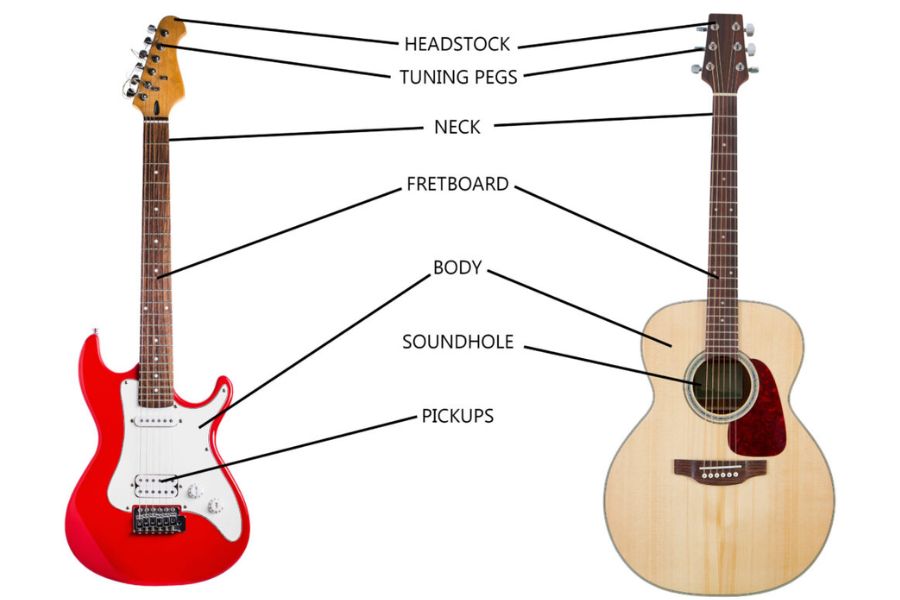
Similarities
Materials: For durability and tone, maple, mahogany, and rosewood are used to make acoustic and electric guitar necks.
Construction: Acoustic and electric guitar necks have the same basic components: the headstock, fretboard, frets, and truss rod (metal rod located inside the neck that helps to counteract string tension)
Differences
Neck Joint: While electric guitars frequently use bolt-on, set neck, or neck-through construction, acoustic guitars often use a dovetail or mortise-and-tenon joint to attach the neck to the body.
Shape and Thickness: The shape and thickness of electric guitar necks can be very different to fit different playing styles and tastes. Because of how acoustic guitars are played and the need for structural support because the strings are so tight, their neck shapes tend to be pretty standard.
Scale Length: The scale length (the distance between the nut and the bridge) are different between acoustic and electric guitars, because of the different needs in string tensions and the spacing between frets. There are different scale lengths for electric guitars to fit different musical types and player tastes, while acoustic guitars usually have standard scale lengths.
Fretboard Radius: Electric guitars typically have a flatter fretboard radius, which makes it easier to bend notes and play fast riffs. On the other hand, the fretboard radius on an acoustic guitar may be more curved, which makes it easier to fret chords.
Conclusion
You may pick a guitar that suits your musical style, tastes, and needs by understanding how each neck type works. An upper fret-accessible neck-through or set neck guitar may be better for lead playing than a bolt-on.
This knowledge will help you understand how your guitar’s design affects its sound and feel, which will improve your playing experience.









